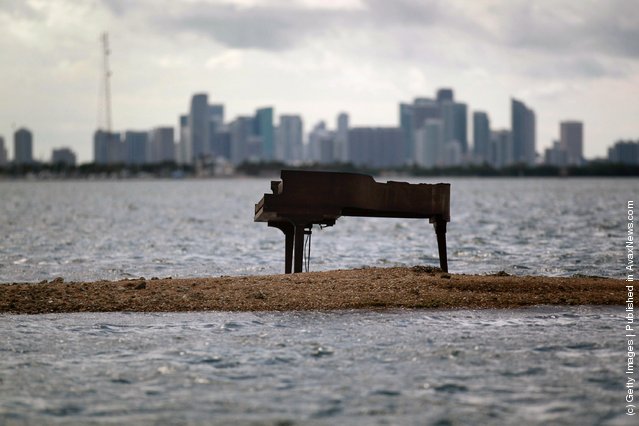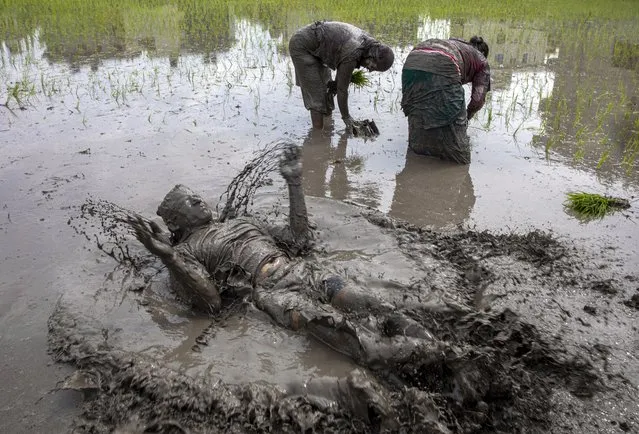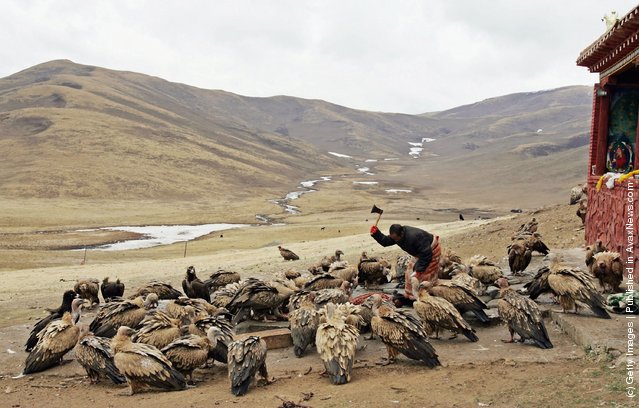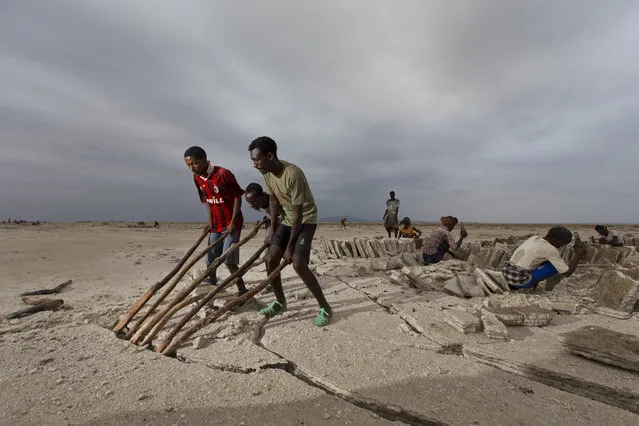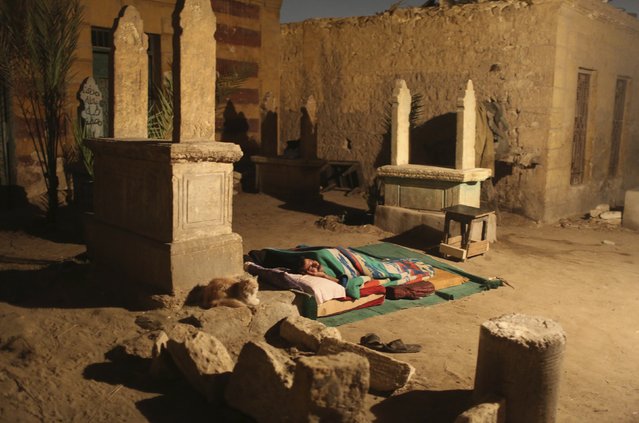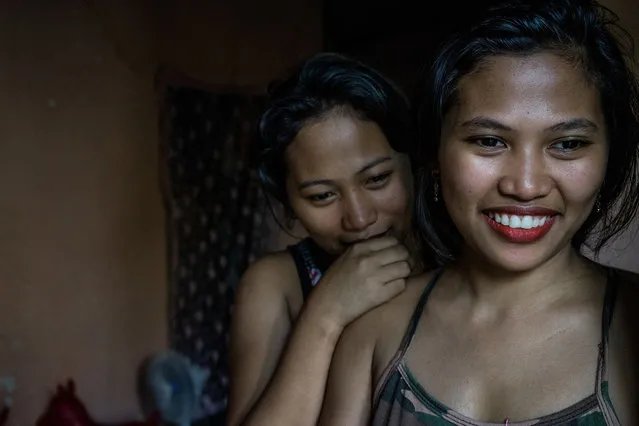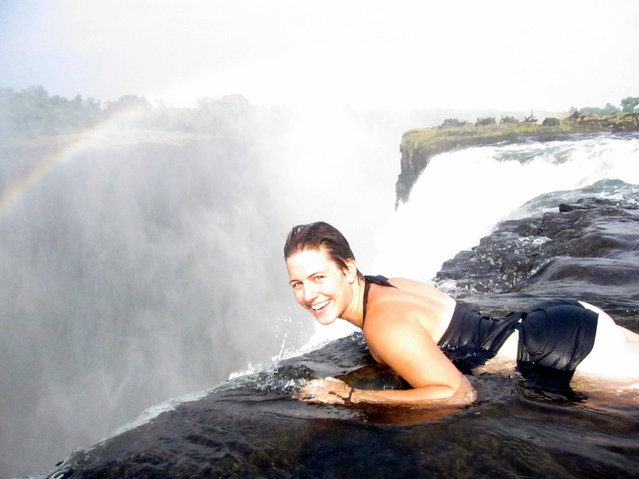
“The Victoria Falls or Mosi-oa-Tunya is a waterfall located in southern Africa on the Zambezi River between the countries of Zambia and Zimbabwe. A famous feature is a naturally formed pool known as the Devil's Pool, near the edge of the falls, accessed via Livingstone Island in Zambia. When the river flow is at a certain level, usually during the months of September to December, a rock barrier forms a pool with little current; some people swim in the pool. Occasional deaths have been reported when people slip over the edge of the rock barrier”. – Wikipedia
Photo: Devil's Pool – Victoria Falls, Zambia. (Photo by Siena College Study Abroad)
Photo: Devil's Pool – Victoria Falls, Zambia. (Photo by Siena College Study Abroad)
13 Dec 2012 12:46:00,post received
0 comments

